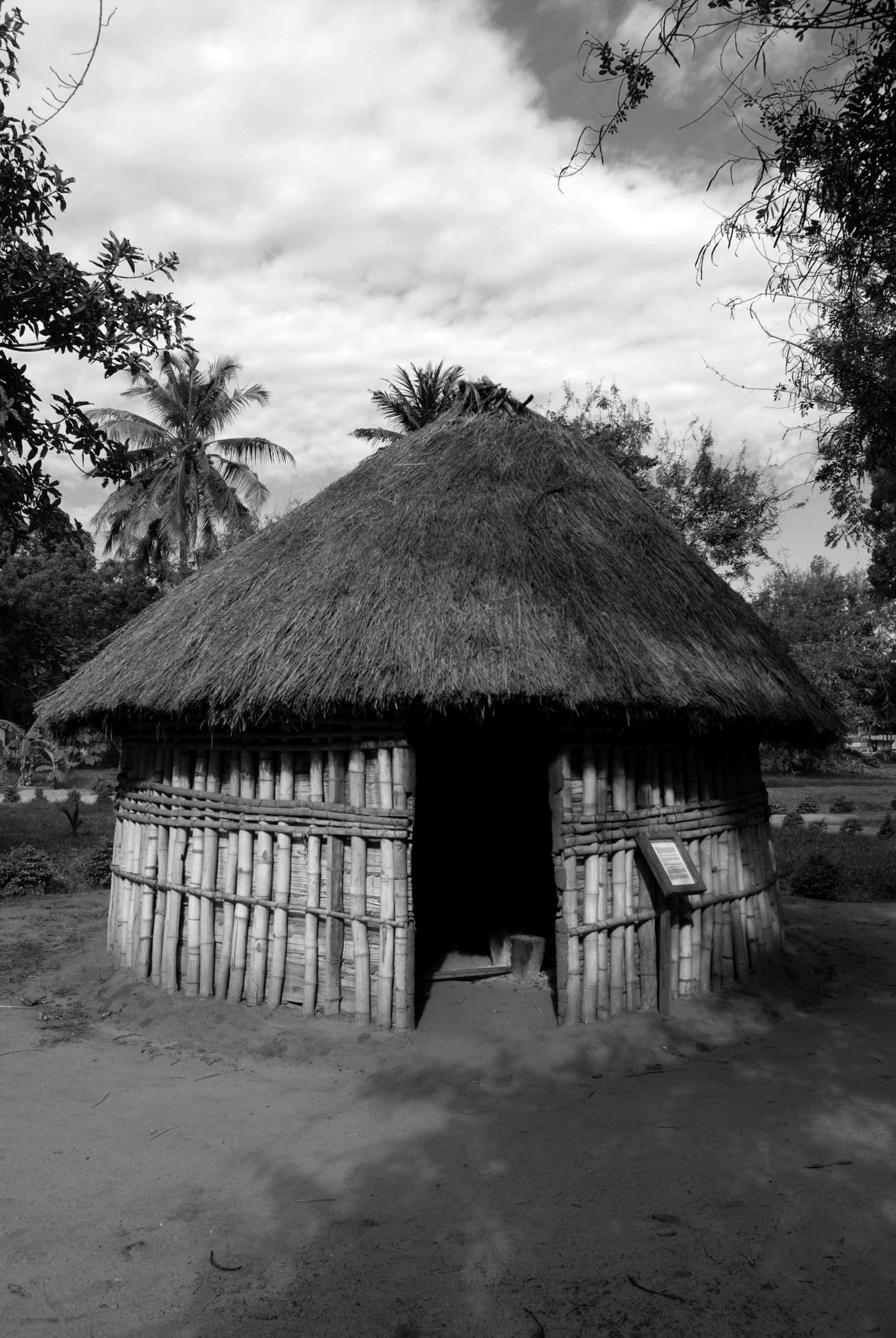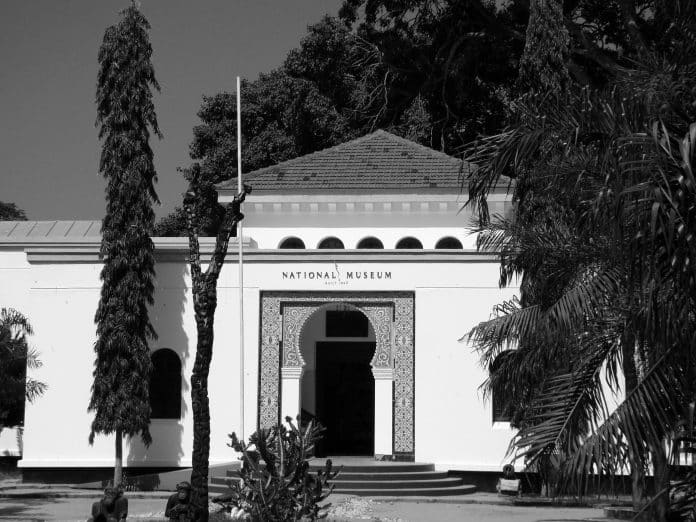Brief Summary About the National Museum of Tanzania
The National Museum of Tanzania (NMT) is a union of 5 museums to preserve and show exhibits regarding Tanzania’s natural environment and history. The partnership was created from Dar es Salaam’s National Museum, established by Harold MacMichael, the governor of Tanganyika, in 1934. Later, four other museums joined the union, including Dar es Salaam’s Village Museum, National History Museum, Arusha’s Declaration Museum, and Mwalimu Julius K. Nyerere Memorial Museum, Butiama.
Dar es Salaam National Museum
The National Museum of Tanzania is on Shabban Robert Street, near the botanical gardens. It was established in 1934 and opened to the public in 1940. This museum was initially a dedication in memory of King George V; one of his cars is on display. There was an expansion of the museum in 1963 to add a second building.
Today, the National Museum of Tanzania is dedicated to the country’s history. Some of the most popular exhibits include some Paranthropus Boisei bones discovered by Louis Leakey at Olduvai. There’s also a large part dedicated to the Shirazi city of Kilwa. Additional miscellaneous discoveries included items related to British and German rule, including ancient Chinese pottery. Ethnographic collections regarding Tanzanian cultures also exist in the museum.
Village Museum

Also known as Kijiji cha Makumbusho, the Village Museum was established in 1967. The open-air ethnographic museum is in the suburbs of Dar es Salaam, along the way to Bagamoyo and Mwenge. It exhibits traditional huts from Tanzania’s 16 different ethnic groups. Also present are traditional cultivations with daily music and dance shows.
National Natural History Museum
Situated in Arusha on Boma Road, this museum opened in 1987. It is one of the kind and part of the National Museum of Tanzania that exhibits entomology and human evolution.
Arusha Declaration Museum
Another division of the National Museum of Tanzania located in Arusha on Kaloleni Road has been open since 1977. Arusha Declaration Museum exhibits documents regarding Tanzania’s colonial history, independence struggle, and the Arusha Declaration where Julius Nyerere, the first Tanzania president, outlined his political vision.
Nyerere Museum
Mwalimu Julius K. Nyerere Memorial Museum, also known as Nyerere Museum, was established in 1999. This museum is in Butiama, the birthplace and burial ground for the first president of Tanzania. The exhibits in this museum are all related to Nyerere’s political and personal life.
If interested with more articles related to Cultural Institutions, click here!

































